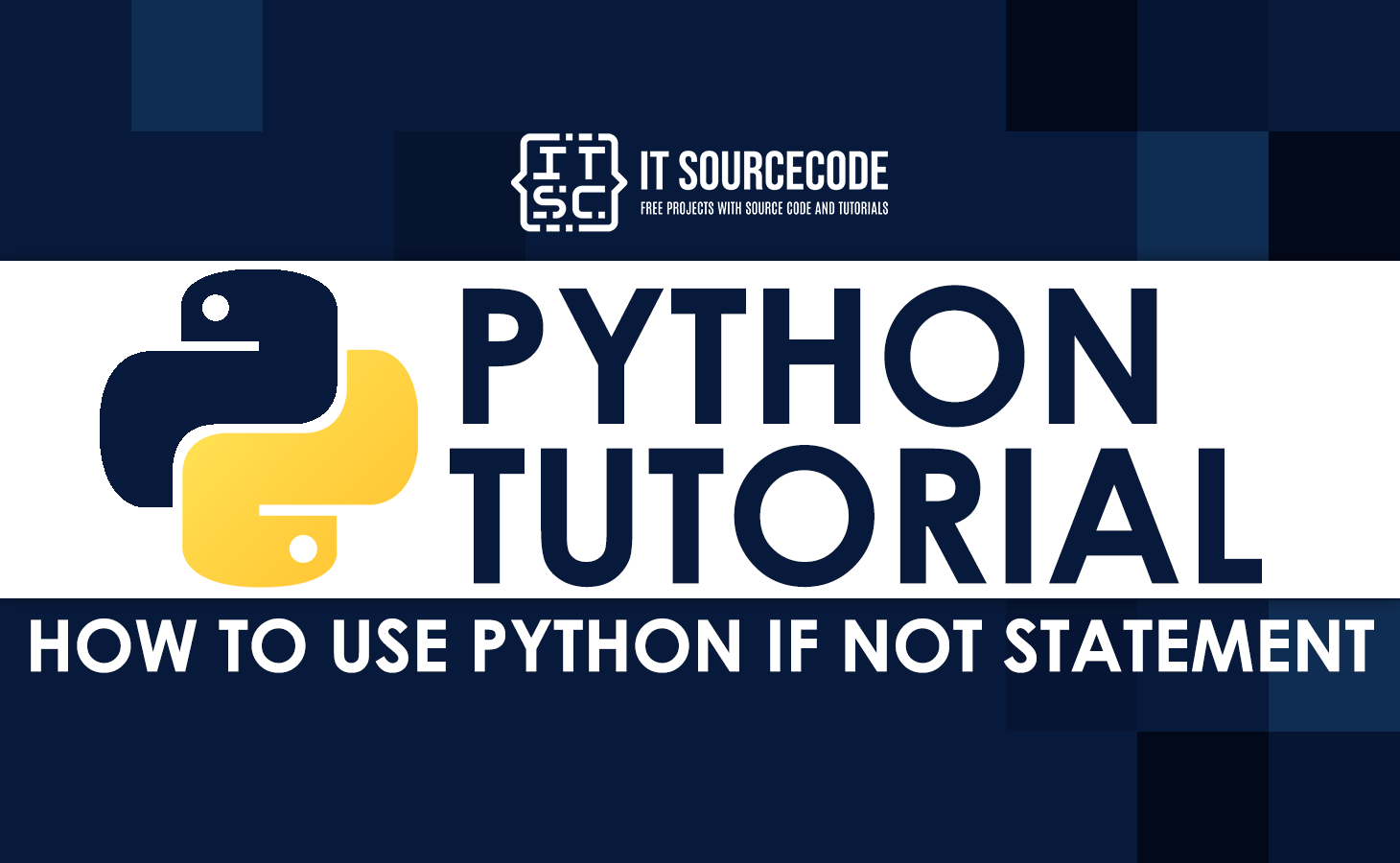This tutorial will give you a proper discussion on how to use Python IF NOT Statement with examples.
Introduction
An if statement is often used to check if a certain thing has happened and run code if it has. But what if our code in Python checks to see if something should not happen?
Let’s discuss how to apply the if not statement in Python.
What does python if not mean?
not is a logical operator in Python that returns true if the expression used is false. When used with the if statement, this is called an “if not” statement.
So, when “not” is in our if statement, its code runs only if the condition that “not” tests false. This is how our if statement checks to see if something is false.
Can I use if not operator in Python?
Similar to ‘and‘ and ‘or‘, the Python ‘not‘ operator is a logical operator. This operator returns true if the condition is false and false otherwise. In addition, the ‘Not‘ operation is also used in conjunction with the ‘if‘ expression.
The “not” operator is utilized in two key use cases based on this functionality:
- To determine whether an element is not present in a string list or other iterable.
- To determine if a condition is not satisfied.
Using the “not” operator enhances the readability of your code. Even though both of these conditions can be accomplished through other means.
Why do we use the “If not” statement in Python?
The Python “if not” operator is used a lot in different locations to check if a certain condition is not cans operator is able to stop what a conditional statement is supposed to do and to see if an iterable is not empty.
Sample Scenario 1:
Let’s say you have an iterable, which is a list of all the users who have been blocked in your application. When a user tries to sign in, your code could check if the user is not on the Python list.
In a normal “if” statement, this logic would go in the “else” statement. The not operator, on the other hand, turns the output into its opposite. By letting the user write the logic under the “if” statement, you make the code easier to read.
Sample Scenario 2:
In the same way as the last use case, if items return false values, logic would be in the “else” statement of a normal “if” statement. The “Not” operator reverses the result, which makes the code easier to read.
Example code with explanation
Here’s an example of a program that uses the “if not” statement to see if it changes what an “if” statement says.
Example Code
num = 1
if not num > 2:
print('num is greater than 2')
else:
print('num is not greater than 2')
Output
number is greater than 2
Code Explanation
As you can see, the code under the “if” block was returned, even though the condition returned false. This is because the “not” operator took away its value.
Here’s another example of a Python program that uses “if not” to check if an iterable is empty.
Example Code
List_1 = []
if not List_1:
print('List_1 is empty.')
else:
print(List_1)Output
List_1 is empty
Code Explanation
You can check a string, list, dictionary, set, or even a tuple with the “if not” Python code.
Learn more about Python tutorials if you like this kind of tutorial.
If not Python—Limitations and Caution:
There are no major restrictions when using the “Not” operator in Python. But since the logic is backward, you should practice the Python “if not” a few times before you pass this statement into your code.
Summary
If statements are often used to check if something has happened or not. But we could also check to see if nothing happened. We use Python’s “not” operator to do this.
Python If not operator performs logical negation; if placed in front of a false value, it will return true. And when placed in front of anything that is false, it makes it true. Therefore, it returns the opposite result for true and false.

